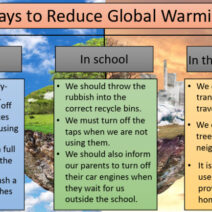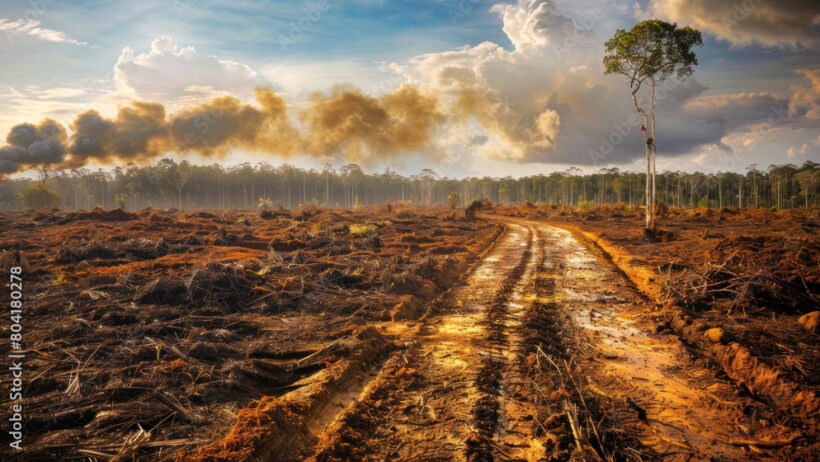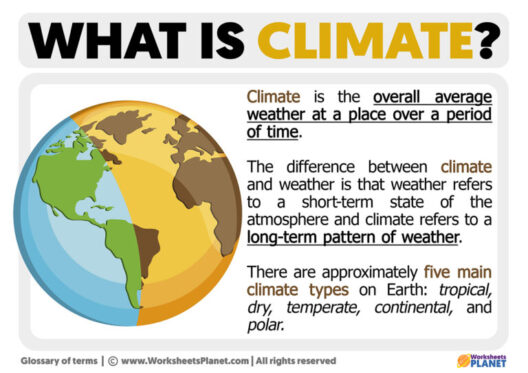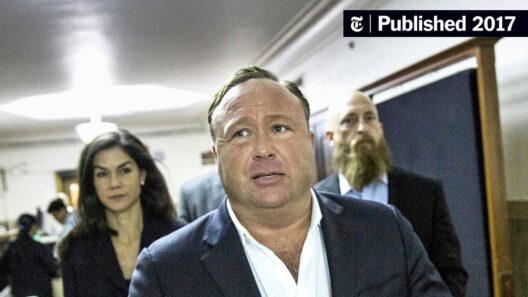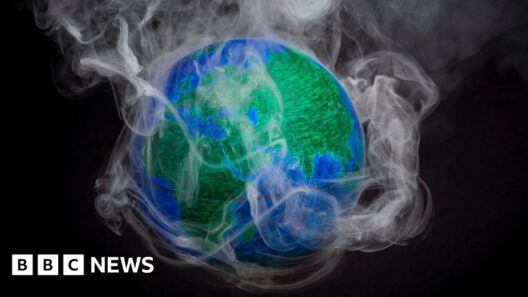The phenomenon of global warming has swiftly escalated into one of the most pressing crises of our time, exerting profound ramifications not only on atmospheric stability but also on the delicate web of life that constitutes our planet’s biodiversity. The interplay between climate change and biodiversity loss is multi-faceted, extending beyond mere statistical correlations into a labyrinth of ecological and evolutionary dynamics. The term “Extinction Express” aptly encapsulates the frenetic pace at which species are disappearing, primarily as a consequence of anthropogenic climate alterations.
At the heart of this crisis lies the inextricable link between rising global temperatures and habitat degradation. As the Earth’s average temperature climbs, ecosystems that have evolved over millennia are thrust into instability. The polar regions, rainforests, and coral reefs—critical components of the earth’s biosphere—are experiencing rapid transformations. For instance, the polar ice caps are diminishing at an alarming rate, jeopardizing species such as the polar bear and various seals that rely on ice for their habitat and hunting grounds. Similarly, tropical rainforests, often referred to as the lungs of our planet, are facing devastation due to deforestation and climate-induced pestilence.
Moreover, rising sea temperatures lead to coral bleaching, a catastrophic phenomenon that sees corals expelling the symbiotic algae essential for their survival. The loss of coral reefs, which support diverse marine life, drastically alters marine ecosystems. Scientists estimate that up to 90% of coral reefs could face substantial decline by 2050 if current trends continue.
As habitats are rendered inhospitable, species are compelled to adapt, migrate, or face extinction—a feat that is not feasible for many organisms. Climate change affects species on various levels; not only do temperatures shift, but precipitation patterns also change, leading to droughts in some areas and excess rainfall in others. Such fluctuations disrupt feeding patterns, reproductive cycles, and migratory behaviors, scrambling the intricate schedules that countless species rely upon for survival.
The impact on flora is similarly dire. Many plants are unable to migrate as quickly as shifting climates demand. The inability of certain species to adapt to rapid environmental changes can lead to local extinctions, which then reverberate through entire ecosystems. Loss of plant species diminishes food sources for herbivores, consequently impacting carnivores, thus exacerbating the loss of biodiversity.
Consider the plight of pollinators, such as bees and butterflies, whose lifecycles are intimately connected to the seasonal blooming of plants. Changes in temperature and weather patterns disrupt these cyclical relationships, resulting in mismatches that threaten both plant reproduction and pollinator survival. The decline in pollinators has far-reaching agricultural ramifications, affecting food security globally.
Additionally, climate change exacerbates existing threats, such as habitat destruction, pollution, overfishing, and invasive species. These compounding pressures create a crisis of unprecedented proportions, leading to a decline in genetic diversity. The extinction of keystone species, which play pivotal roles in maintaining the structure of an ecosystem, can lead to a cascading effect that destabilizes entire habitats.
Moreover, the impacts of climate change intensify across geographical boundaries. Island nations, for example, face the double jeopardy of rising sea levels and habitat loss, contributing to an inevitable cascade of extinctions. Many endemic species found only in these isolated environments are particularly vulnerable, as limited geographic ranges exacerbate their risk of extinction due to climate-related changes.
Equally concerning is the phenomenon of “tipping points,” at which changes within an ecosystem become irreversible. The melting of the Arctic permafrost, for example, releases previously trapped greenhouse gases, further accelerating climate change. The notion of feedback loops within ecological systems illustrates how intertwined climate and biodiversity are—each exacerbating the other in a vicious cycle.
To combat this impending crisis, holistic and adaptable conservation strategies must be employed. Efforts such as rewilding, habitat restoration, and the establishment of wildlife corridors are critical in facilitating species repopulation and migration. Legal protections for vulnerable species and collaborative international policies are essential to address the challenges posed by climate change.
Furthermore, education and advocacy play crucial roles in mobilizing communities and fostering a collective responsibility toward environmental stewardship. Encouraging sustainable practices in agriculture, forestry, and fishing not only mitigates the immediate impacts of climate change but also enhances resilience in biodiversity. Investing in renewable energy sources and reducing carbon footprints can significantly slow the deleterious effects of global warming.
Ultimately, recognizing the interdependence of climate stability and biodiversity preservation is paramount. The Extinction Express is a sobering reminder that the time for action is now. Without concerted global efforts to reduce greenhouse gas emissions and safeguard natural habitats, we risk losing not only the diverse species that enrich our planet but also the ecological services they provide, which are vital for human survival. In this interconnected world, the fate of humanity is inexorably tied to the fate of the myriad species with whom we share our planet. It is imperative to weigh the scales in favor of sustainability, ensuring that future generations inherit a world teeming with life, rather than a barren landscape bereft of the richness found in biodiversity.


